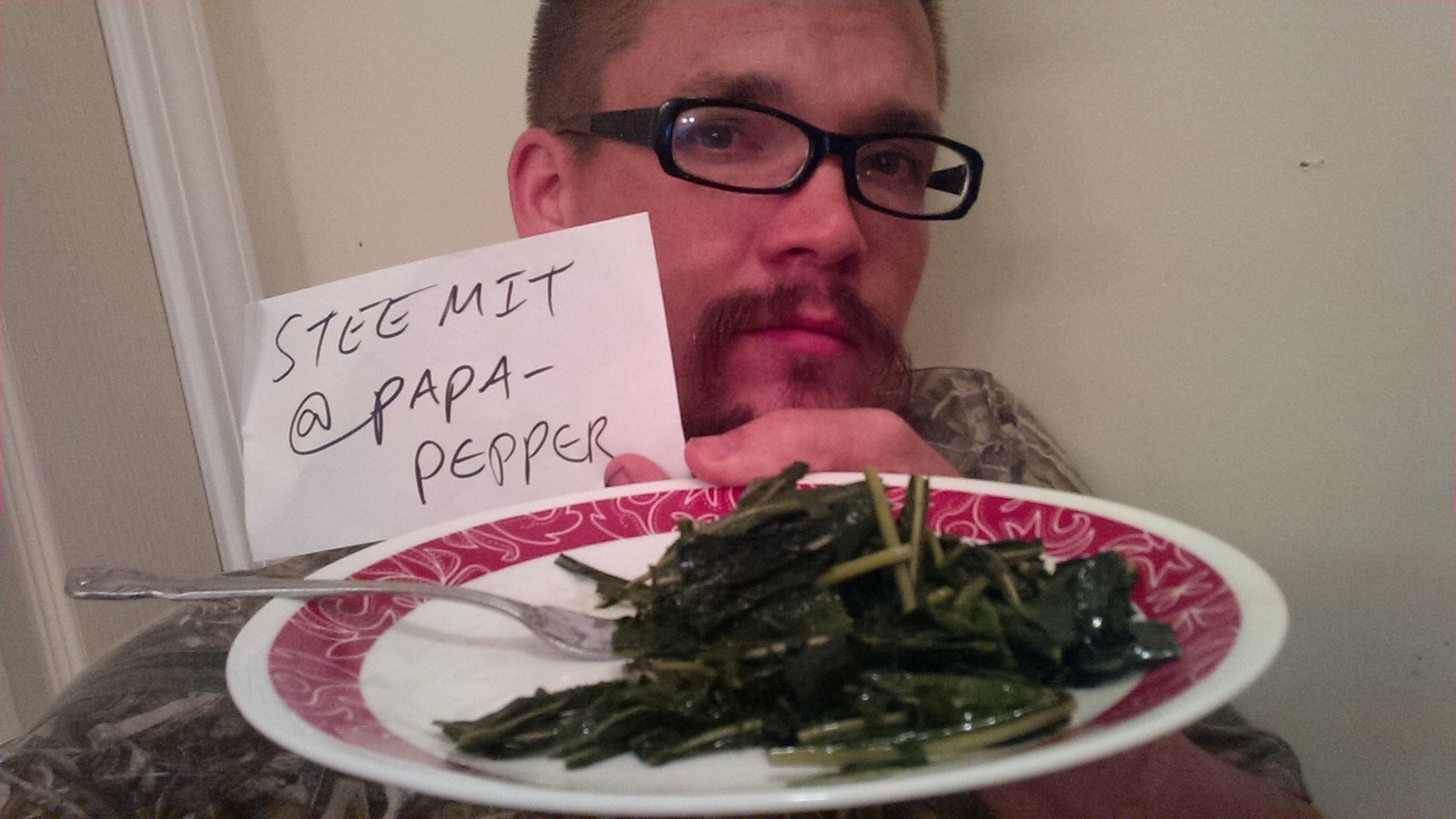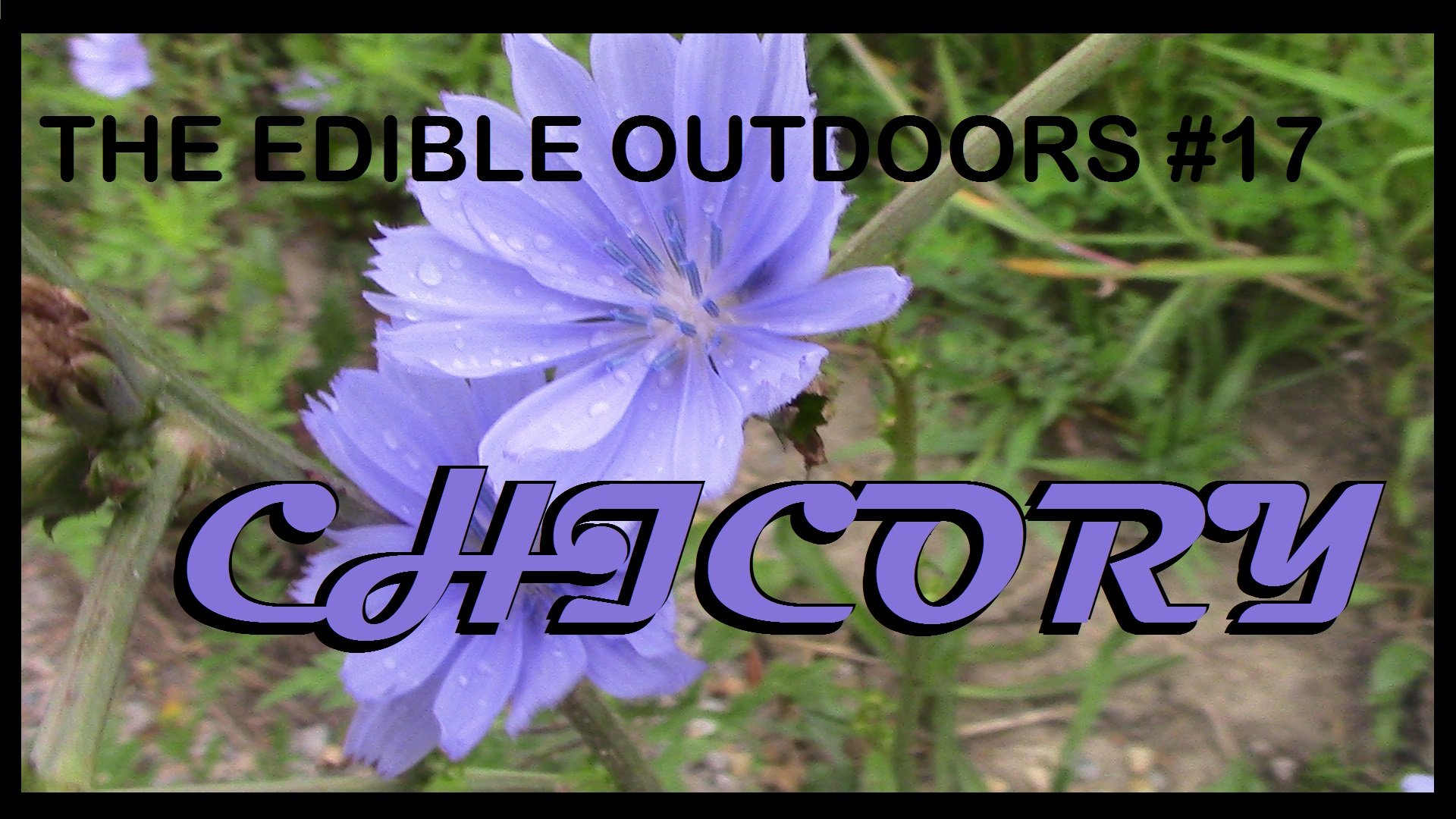
Chicory is one of those common plants in certain areas that many of us may have driven past thousands of times without ever paying too much attention to. Recently, I started paying more attention.
IDENTIFICATION
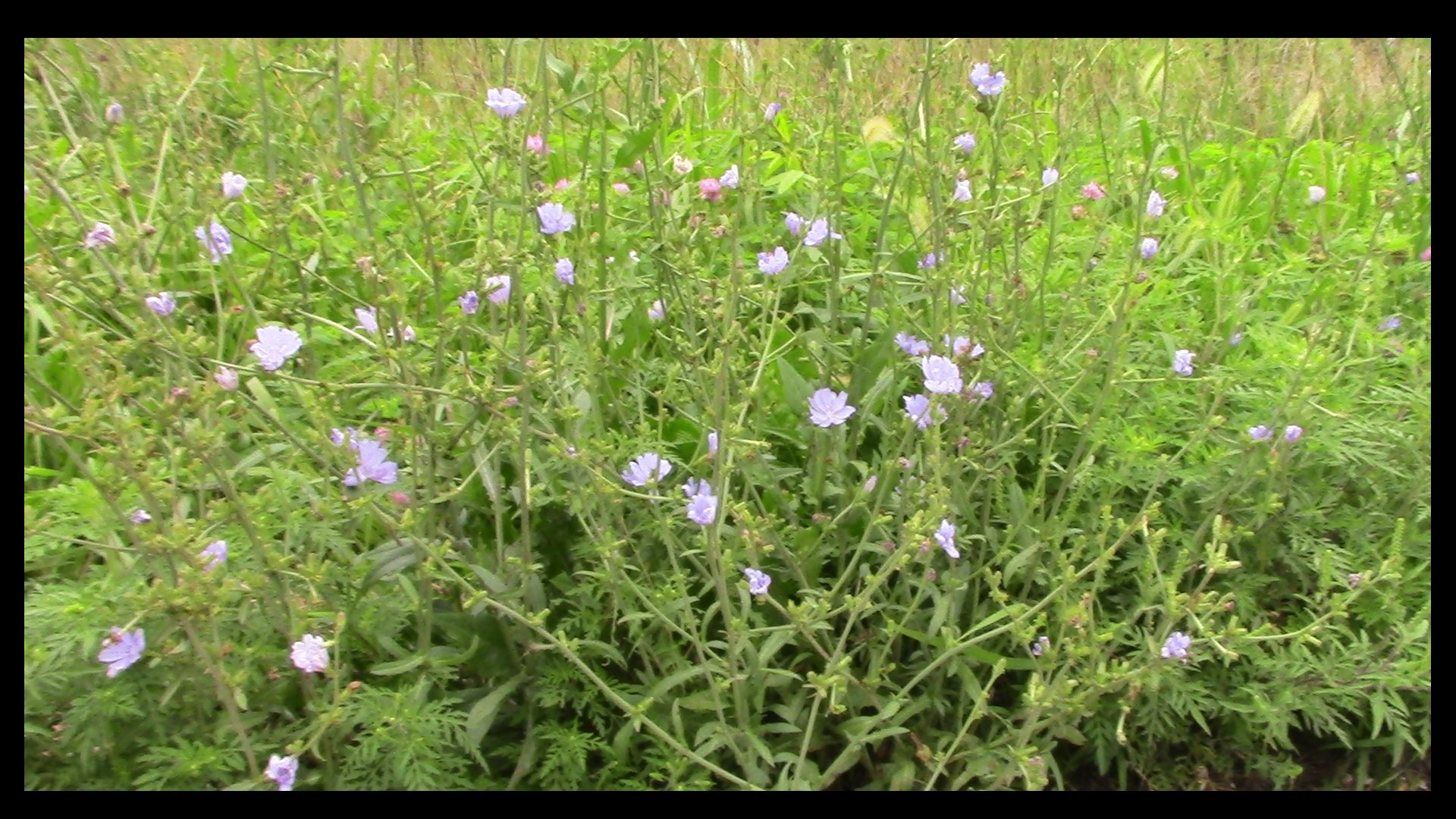
Chicory is a perennial that is a member of the Dandelion Family. Young plants look quite similar to Dandelions before they get their flowers. Check out these two leaves.
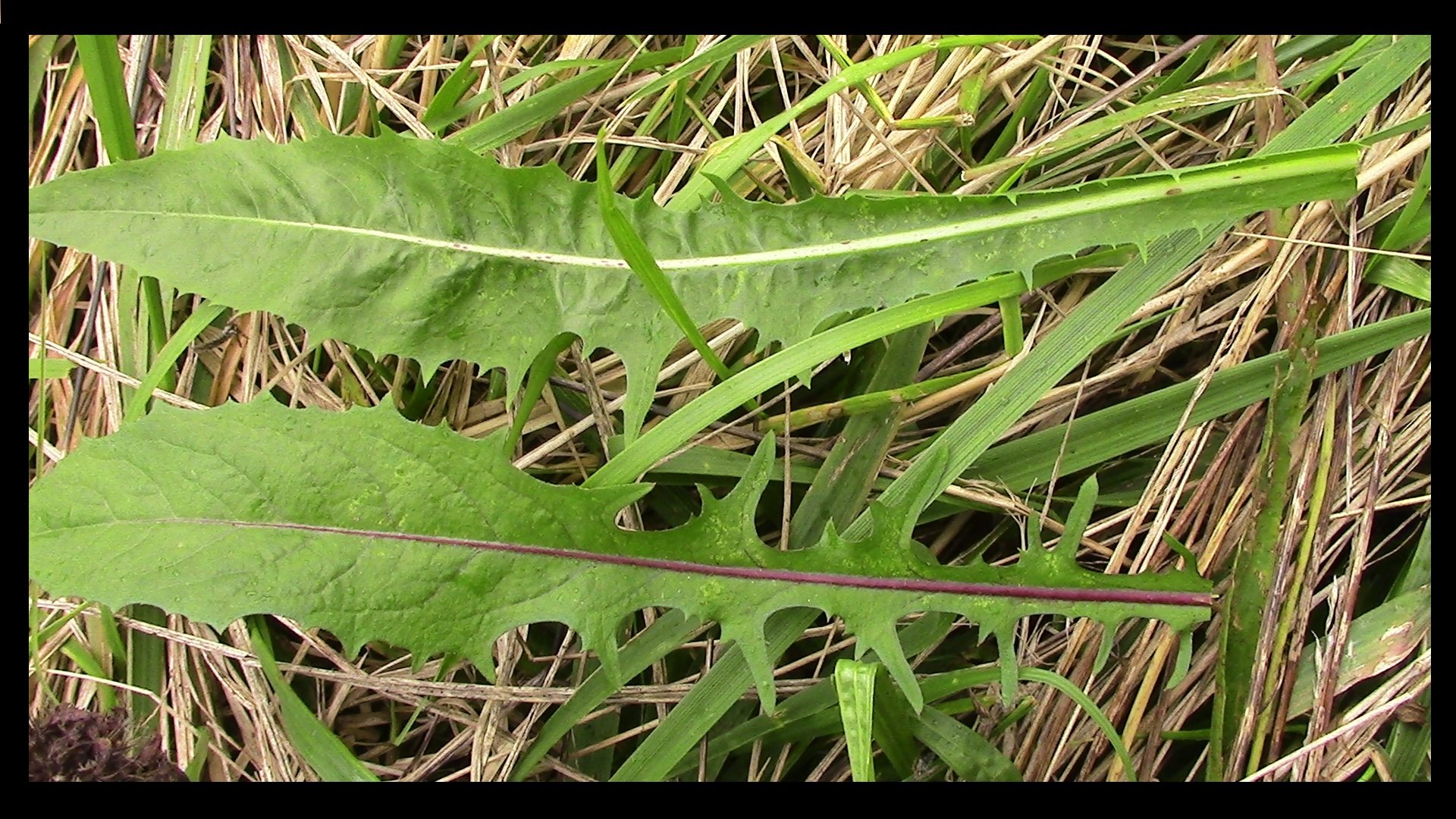
The top one is Chicory and the bottom one is Dandelion. They certainly do not look too different. Once the Chicory plant grows though, the differences become more apparent. Chicory will send multiple branchy stems upwards, which will each have several flowers bloom on it.
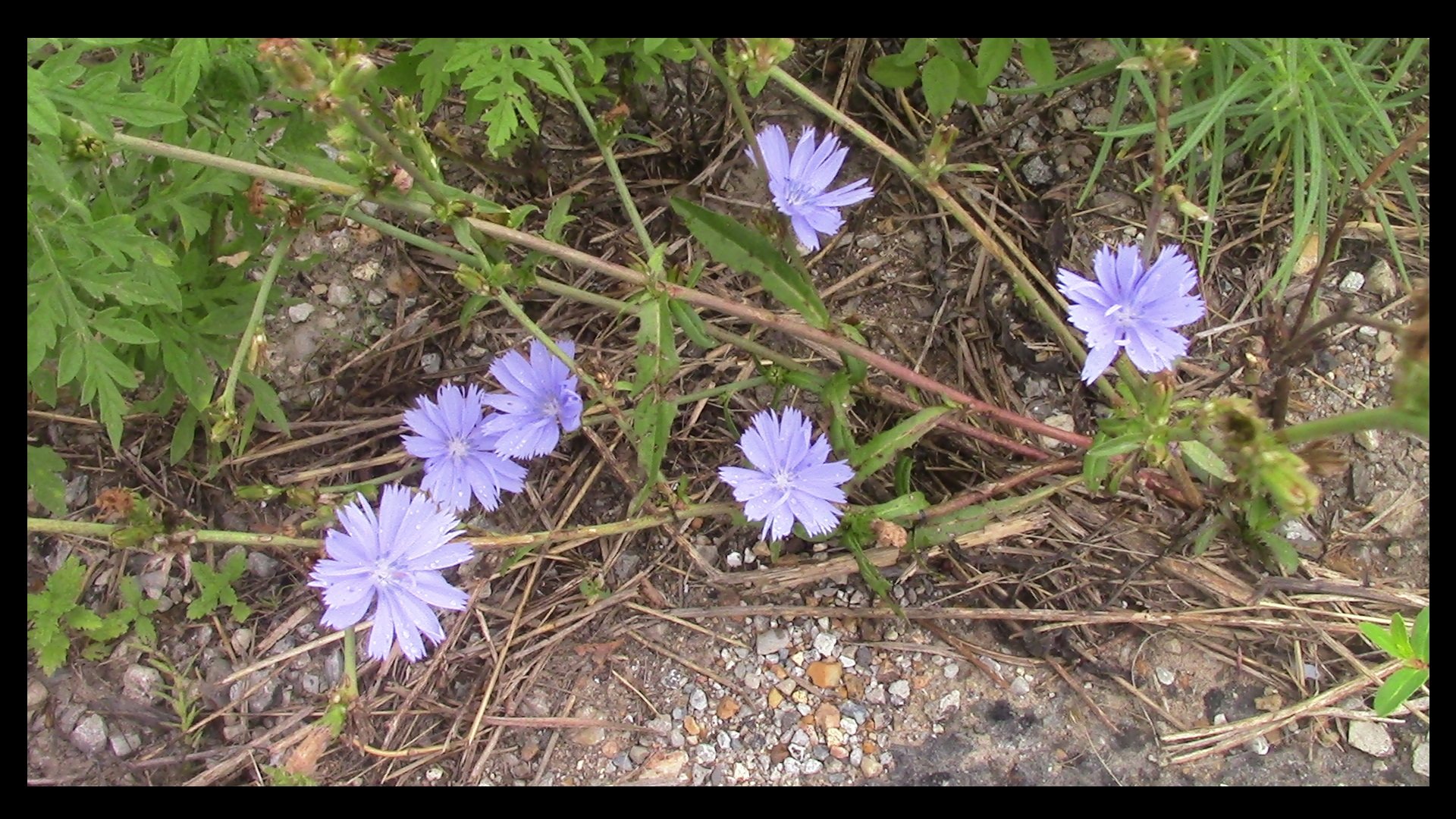
The flowers are usually a light blue or purple color. Once you’re familiar with the plant, it’s hard to confuse with others.
USES
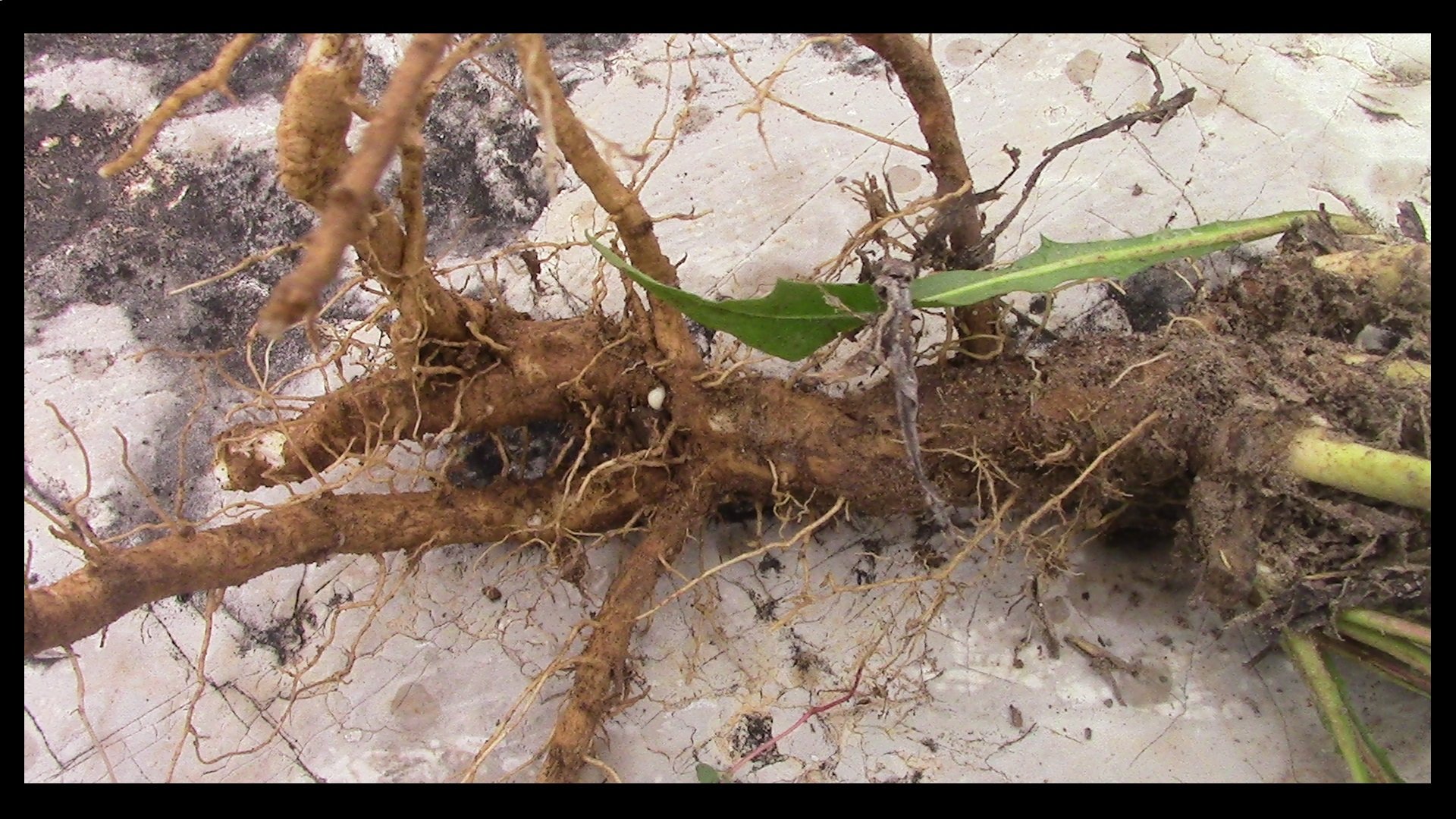
The most common use that people seem to be aware of for Chicory is to use the root as a Coffee substitute. The root is usually dried and roasted first, and some people even bend it in with Coffee. The leaves of Chicory are edible greens, and the root can be used as a vegetable.
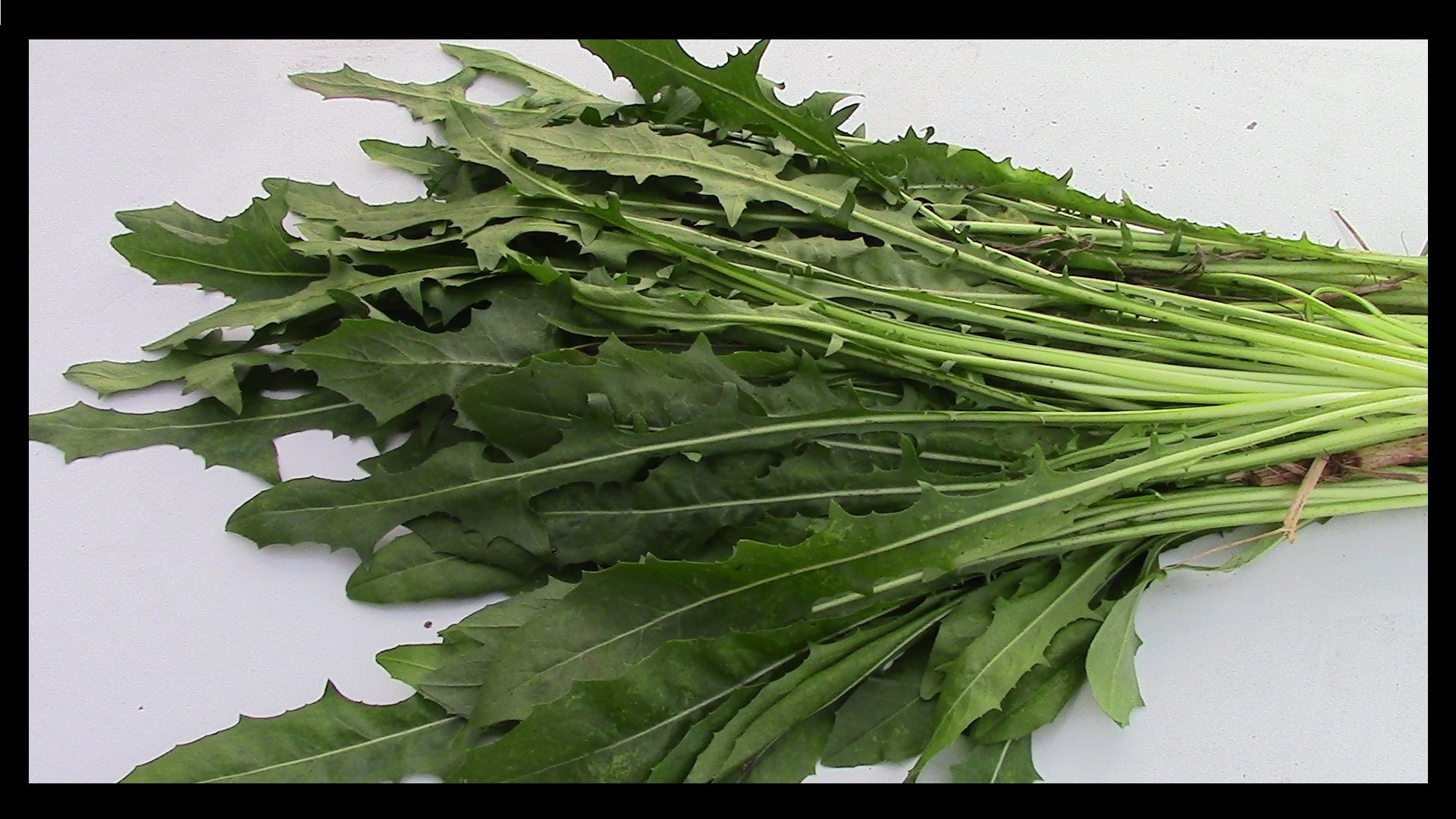
The greens are best in the spring, when they are still mild. Like many lettuces, the heat of summer will make the Chicory leaves taste very bitter, though they are still edible. The leaves can be enjoyed raw, either while foraging or mixed into a salad, or they can be cooked or boiled. The ones I picked recently were very bitter even when cooked. Completely edible and I was not poisoned, but still bitter.
Chicory has been used medicinally to some degree as well.
NUTRITION
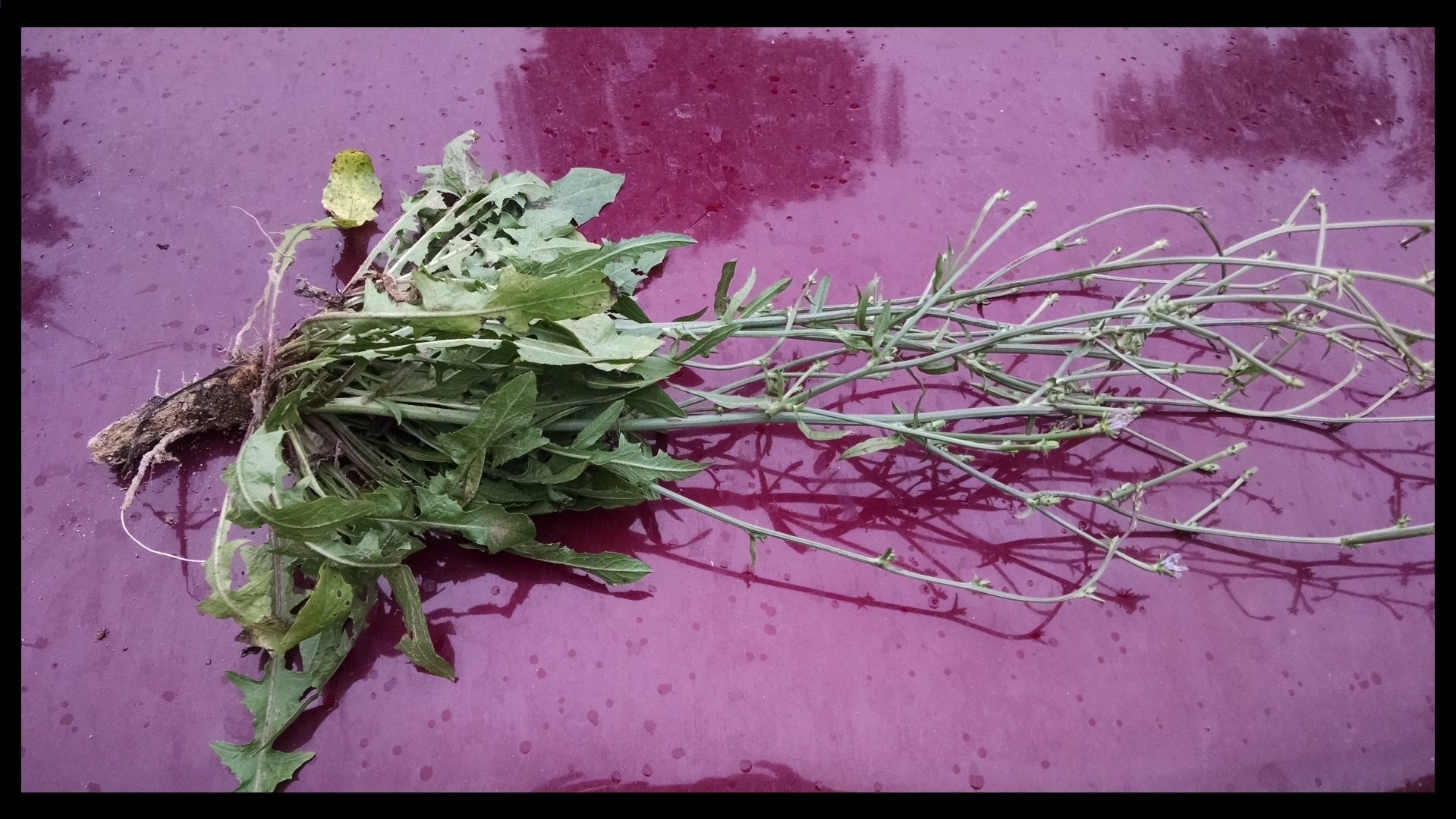
Nutritionally, Chicory is best as a source of Vitamin A and Vitamin C. It also provides some Magnesium, Iron, and Calcium.
PROPAGATION
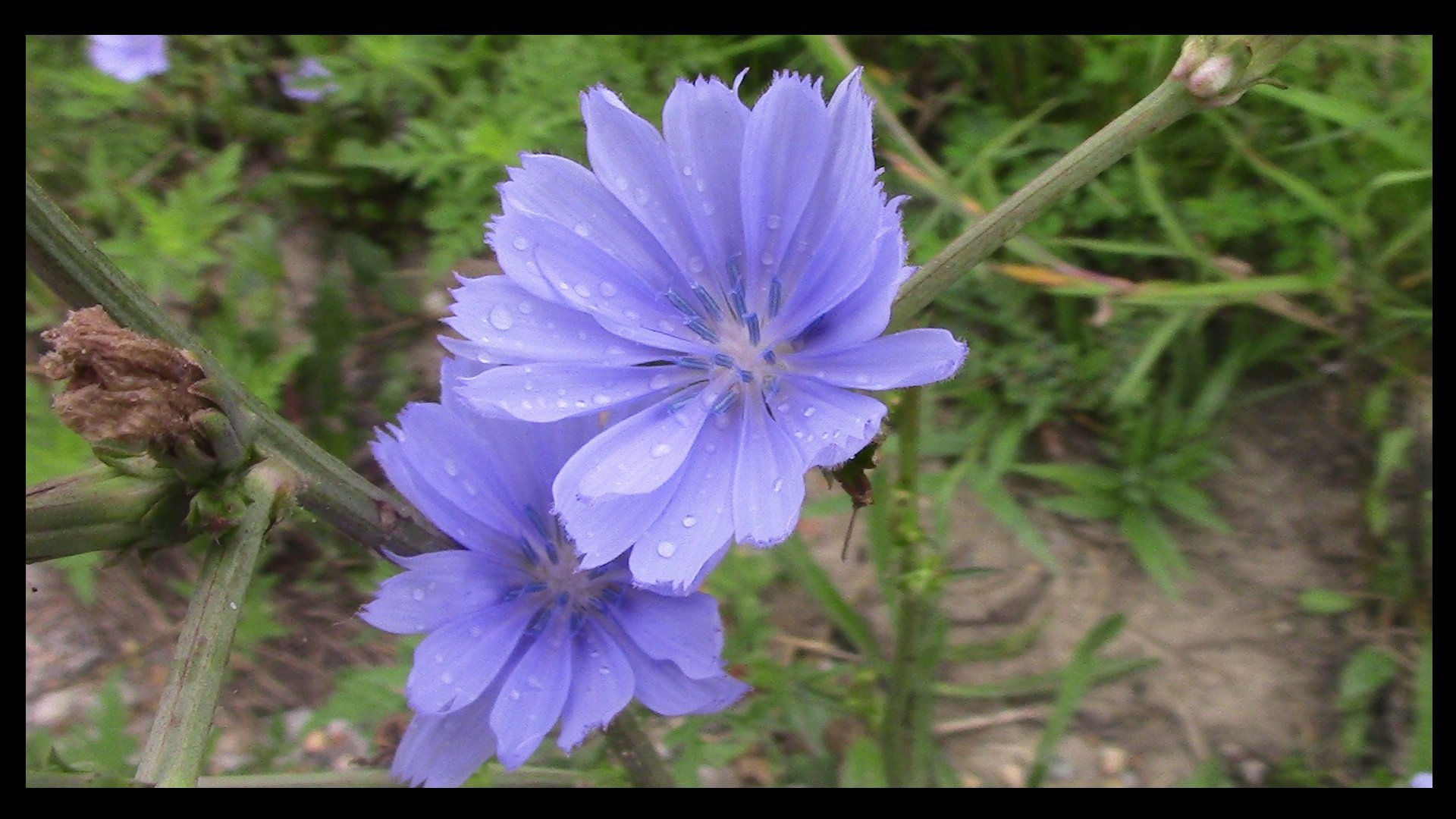
Chicory is a perennial, so it’ll come back next year. New plants can be started from seeds. If you can’t find some growing in the wild, the seeds are easily available online. However, in the wild they are often not that hard to find. I've seen them all along many rural roadways in Wisconsin and Arkansas, and even along the streets in cities like Branson and Springfield, MO.
Here's previous THE EDIBLE OUTDOORS posts:
- 1-Common Yellow Wood Sorrel
- 2-Lamb’s Quarters
- 3-American Gooseberry
- 4-Stinging Nettle
- 5-Sassafras
- 6-Creeping Charlie
- 7-Dandelion
- 8-Plantain
- 9-Mint
- 10-Garlic
- 11-Purslane
- 12-Elderberry
- 13-Prickly Pear Cacti
- 14-Wild Lettuce
- 15-Passionfruit
- 16-Alfalfa

